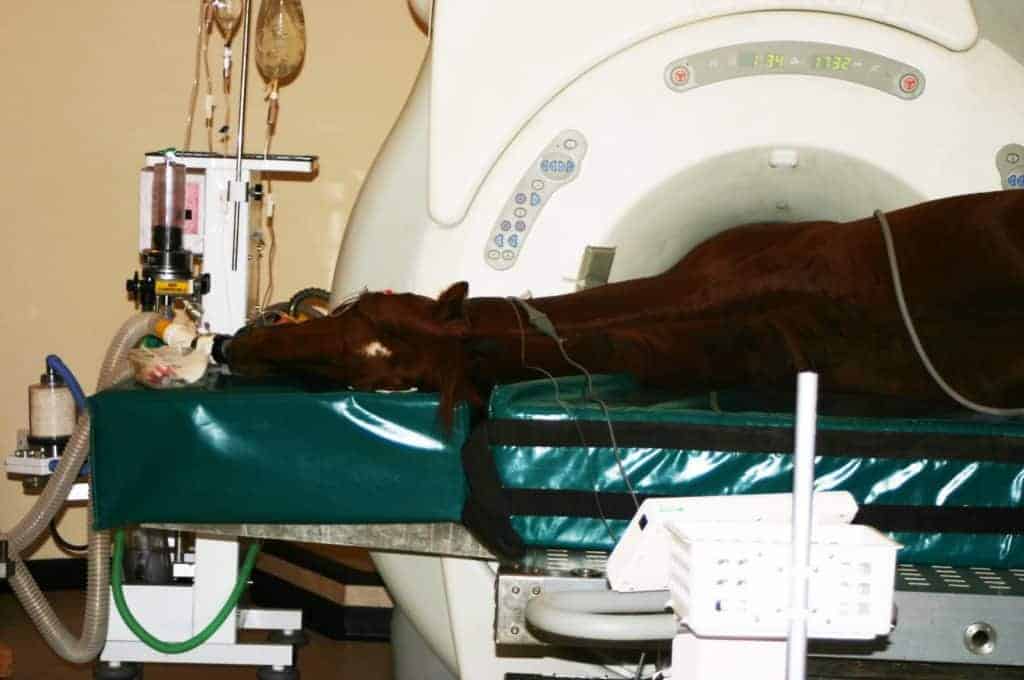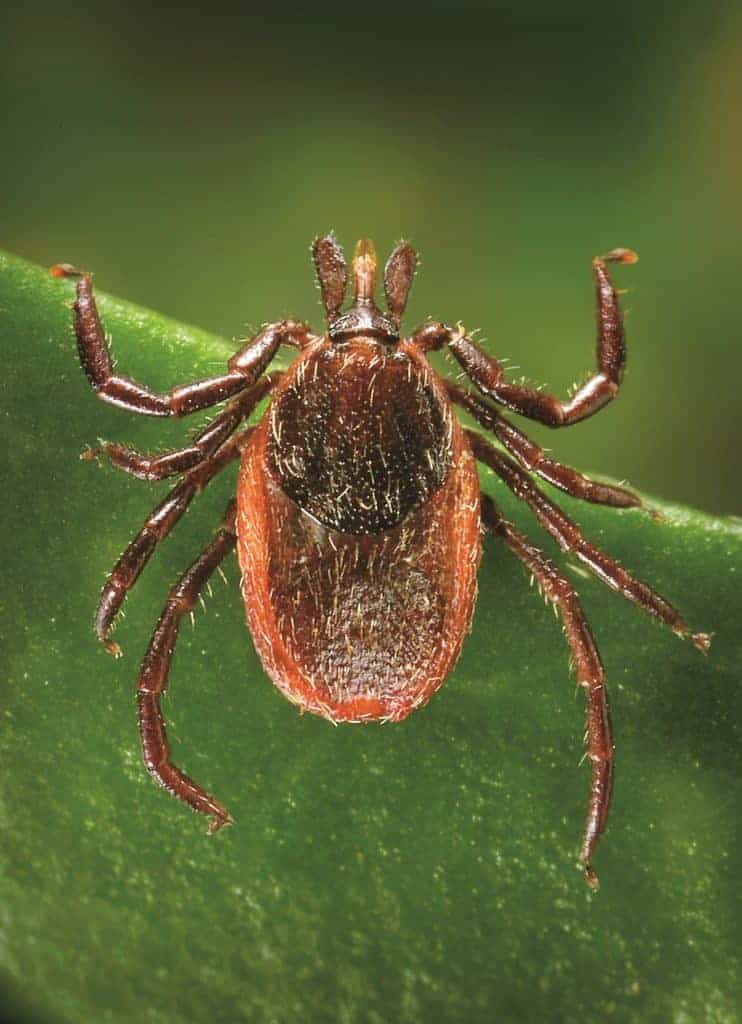
Tweaking Stem Cell Therapy Use in Horses (AAEP 2012)
Stem cell therapy has evolved rapidly as a treatment approach in equine veterinary medicine.

Stem cell therapy has evolved rapidly as a treatment approach in equine veterinary medicine.

One researcher describes how practitioners can monitor pregnant mares to minimize reproductive losses.

Researchers evaluated sample handling and storage time’s effects on CO2 concentrations in horse blood plasma.

Before extracting a horse’s tooth, owners and veterinarians must consider a number of important factors.

As a licensed profession, veterinary medicine is subject to regulation at the state government level.

Researchers are closer to helping owners and trainers identify if a horse is at risk for soft tissue injury.

Researchers say MRI is invaluable for identifying suspensory ligament lesions and sesamoid bone damage.

Researchers evaluated a new method that could help vets monitor joint infections’ response to treatment.

Choosing a specific stem cell source could maximize treatment efficacy, improving horses’ recovery chances.

Researchers evaluated how blood collection tube size impacts total plasma carbon dioxide (CO2) concentrations.

Tooth extractions don’t always go as planned, so practitioners must be ready for potential complications.

Ovulation in healthy mares was not impacted by acupuncture in this study.

The new Lyme disease test can reportedly detect antibodies as early as two to four weeks following infection.

An oral sugar test might provide a more convenient means of screening horses for hyperinsulinemia.

Researchers found no significant improvement in SDFT injuries treated with mesenchymal stem cells.

Dr. Pat McCue gives a rundown on a number of 2012’s practical equine reproductive studies.
Stay on top of the most recent Horse Health news with
"*" indicates required fields